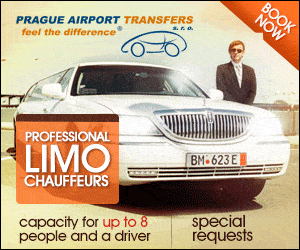Václav Havel Prague Airport responds to the development of competition from neighbouring countries in terms of passenger-handling capacities. It cannot rely on state assistance. By the end of the decade, the airport wants to expand its capacity with two more boarding fingers.
There are new ambitious airport projects in Berlin, in Warsaw, Poland, or the construction of a third runway in Vienna airport. With the development of closer and more distant competition, Prague’s Václav Havel Airport will have to cope with billions in investments and prepare for nearly twice as many passengers to pass through its gates in 2040.
At the same time, the most profitable part of a state-owned airline holding cannot count on the state’s cash to run into an estimated 27 billion investment. According to the Ministry of Finance, it is to finance its development primarily from profit or to use commercial loans.
The Rating Has Jumped Upwards
Therefore, the airport may need additional financial injections to finance the development described above, especially if the state continues to pay a hefty dividend of billion crowns from its profits, as it did last year.
The non-existent Czech Aeroholding, of which the airport was a major part, has drawn 2.5 billion crowns from the profits, virtually all the profit from the period for which the dividend was paid out.
On the other hand, the airport has the best credit conditions ever. At the end of October, Moody’s increased its credit rating by one degree, raising the airport from a mid-end category to high-quality opportunities for attracting potential lenders.


